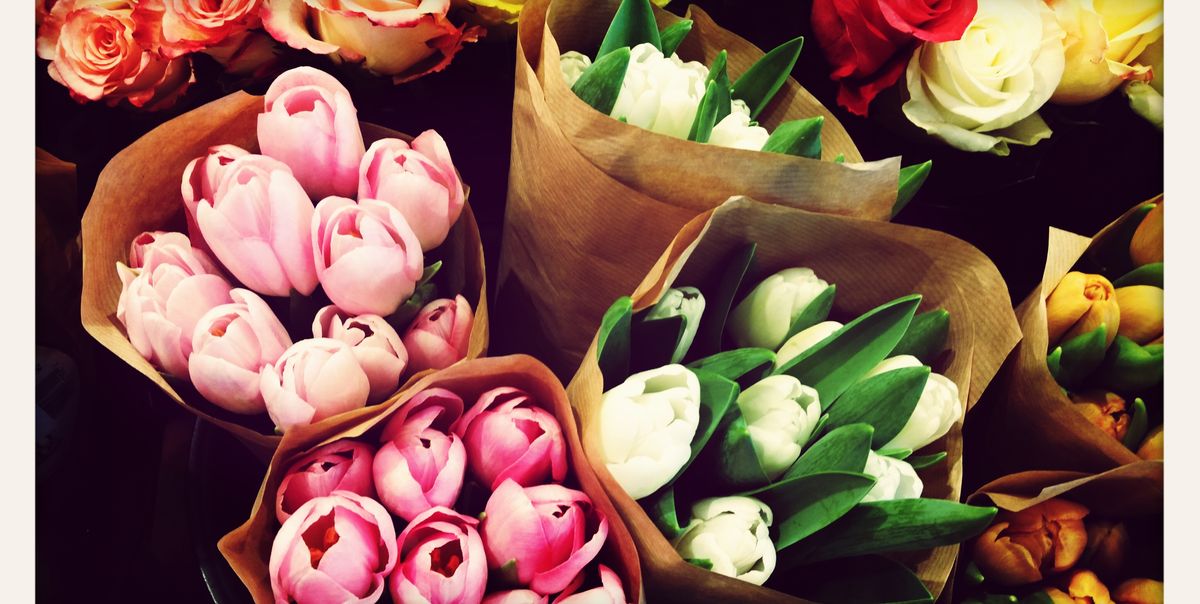Introduction: Flowers as Cultural Symbols
Flowers, in their many forms and colors, hold a universal appeal, transcending geographical boundaries and cultural divides. They’re far more than just biological marvels. Around the globe, societies have imbued flowers with profound symbolism, using them to express emotions, mark occasions, and communicate. Flowers have served as cultural icons throughout history, representing love, celebration, mourning, and so much more. These living emblems that can be sent via blumen verschicken München, continue to weave an intricate narrative of human experience, make our world a more colorful and meaningful place.
Flower Symbolism in Eastern Cultures
Lotus: Purity and Enlightenment
The lotus is not just a flower; it’s a significant symbol in Eastern cultures, especially in countries like India, China, and Japan. Known for its purity, spiritual awakening, and enlightenment, the lotus represents the journey of spiritual growth. Like the lotus that grows unstain through muddy waters, humans too, are believe to rise above their circumstances to achieve spiritual enlightenment, a tenet central to Buddhism. The elegant bloom is often depict as a throne for deities in Buddhist art, underscoring its sacred status.
In Hindu mythology, the lotus is associate with divine beauty and spiritual purity. Goddesses like Lakshmi and Saraswati are traditionally depict seat on a lotus, signifying their divine status. The flower’s prominence isn’t just limit to religious narratives; it has a profound presence in art, architecture, and even in daily life. Lotus motifs are common in traditional textiles, pottery, and architectural designs, marking its cultural pervasiveness.
Cherry Blossoms: Beauty and Transience
Cherry blossoms, known as ‘Sakura’ in Japan, hold a special place in the hearts of East Asian societies, especially Japan and South Korea. The ethereal beauty of cherry blossoms seen as a symbol of renewal, life’s transient nature, and the preciousness of each moment. Each spring, these delicate flowers bloom en masse, painting landscapes in hues of pink and white. However, the spectacle is brief and fleeting, serving as a poignant reminder of life’s impermanence.
The annual cherry blossom festivals are an integral part of these societies, attracting thousands of locals and tourists. The tradition of ‘Hanami’ or flower viewing in Japan dates back centuries and involves families and friends gathering under blooming cherry blossom trees to enjoy food, drink, and the transient beauty of the blossoms. This tradition offers a moment of reflection on life’s fleeting beauty amidst the rush of modern life.
Floral Traditions in Western Cultures
May Day: Celebrating with Flowers
May Day, celebrate on the first of May, is a springtime festival held in many Western cultures. The event marks the beginning of summer, invoking feelings of hope, abundance, and renewal. Flowers are central to May Day celebrations, representing nature’s bounty and the reawakening of life after the long winter.
A key tradition of May Day is the Maypole dance. A ceremonial folk dance involving a tall wooden pole adorned with colorful ribbons and flowers. Dancers weave around the pole, intertwining the ribbons in intricate patterns, reflecting the intertwining of the community. Another popular tradition is the creation of flower crowns, a symbol of nature’s bounty. Which are often worn by children during the festivities.
Valentine’s Day: Love in Bloom
In Western cultures, Valentine’s Day is synonymous with expressions of love and affection, and flowers, especially roses, have become a staple of this celebration. The tradition of gifting red roses, symbolize deep love and passion, is said to date back to the Victorian era. Red roses are known as the ‘Lover’s Rose,’ their intense color represent the depth of emotions.
However, roses are not the only flowers that convey love on Valentine’s Day. Lilies, representing pure and sweet love; tulips, symbolizing perfect love; and orchids, representing rare and delicate beauty, are all popular choices. Each type of flower carries a unique message of love. Allowing individuals to communicate their feelings in the eloquent language of flowers.
Unique Flower Symbolism in Specific Cultures
Marigolds: Celebrating Day of the Dead
In Mexico, marigolds, or ‘Cempasúchil,’ hold a significant place, especially during the Day of the Dead celebrations. These vibrant orange-yellow flowers serve as a connection to the spiritual world and are believe to guide the spirits of deceased loved ones during the festivities. Their intense color and scent are said to attract spirits and guide them towards their altars.
The marigold petals are often use to create a path from the cemetery to the home. Believed to guide the spirits of the decease. These flowers are also use to adorn the ‘ofrendas’ or altars. Bringing a touch of vibrancy to this profound celebration that honors the cycle of life and death.
Orchids: Symbol of Beauty and Prosperity in Chinese Culture
In Chinese culture, orchids hold a revered place, Symbolism, beauty, elegance, fertility, and abundance. Their ability to bloom even in harsh conditions has made orchids an emblem of noble character and resilience in Confucian teachings. This admiration for orchids is deeply root in the Chinese ethos and has been depict in various forms of Chinese art, include traditional ink paintings.
Orchids also feature prominently in Chinese literature, symbolizing noble gentlemen in classical texts. Furthermore, these exotic blooms are use in ceremonial offer and are an integral part of Chinese New Year and Mid-Autumn Festival celebrations, signifying prosperity and good fortune.
Conclusion: Flowers as Global Messengers of Meaning
As we’ve journeyed through the flower-laden pathways of diverse cultures, it’s clear that these blooming wonders serve as global messengers of meaning, transcending language barriers and connecting human experiences. From the enlightening lotus of the East to the passionate rose of the West, from the vibrant marigold in Mexico to the elegant orchid in China, flowers, in their silent language, express the emotions and values that form the very fabric of our societies. So the next time you see a flower Symbolism, remember, it’s more than just a blossom – it’s a testament to our shared human story.
Flowers as Healing Gifts: The Therapeutic Power of Floral Gestures
